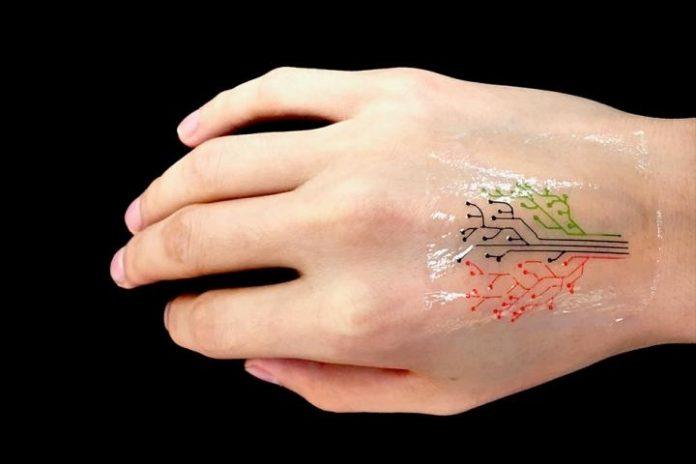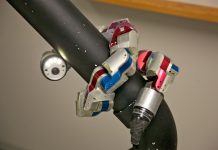Scientists at the Massachusetts Institute of Technology (for short, MIT) have designed and printed what they have dubbed a “living tattoo”: a miracle of 3D-printing technology, built from an ink comprised of living cellular organisms that can adapt to various stimuli with visual effects.
This new creation is light-years ahead of any previous smart contraption, employing cellular bacteria whose genetic structure has been modified in order to work as an organic sensorial device. To simplify the functioning processes of the tattoo, the ink is so constructed that it lights up in various ways upon interaction with particular chemicals.
The process of development for inking and printing required the scientists to find out the type of cell that would endure and push through the large-force printing process, the 3D machine’s nozzle applying huge amounts of pressure on the substance it secretes.
The researchers determined that bacterial cells were the way to go. After this discovery, they began the process of programming the cells’ genetic makeup in order for them to change in lighting and color, also applying a particular form of hydrogel on them in order to ensure their survival in the airborne environment and on the skin.
The end of the research process saw the ink printed using a 3D printer, thus building a tattoo with multiple branches, much like a tree. Each of the branching limbs were treated with a different type of bacterium such that they would light up differently upon interacting with different chemicals.
After a few hours’ worth of testing, when the tattoo was impressed upon a living human’s hand that had been treated with various compounded chemicals, the branching limbs of the patterned tattoo became responsive in the designed ways.
The future for this technology would see these ink prints acting as biosensors responding to various stimuli in the environment such as certain dangerous biological markers, air quality, temperature, even drug capsules with modified cells that are programmed to release chemicals such as glucose over periods of time.
Hyunwoo Yuk, the co-author of the study and explanation of process posted in scientific publication Advanced Materials, explains that these genetically-programmed bacteria can be operated like “workers in a 3D factory”, with scientists being able to create them such that they release drugs in a 3D framework. The scientist also explains that their methods of implementation can extend further than applications on the skin, detailing that they could also be designed to be swallowed or implanted inside the body.



















